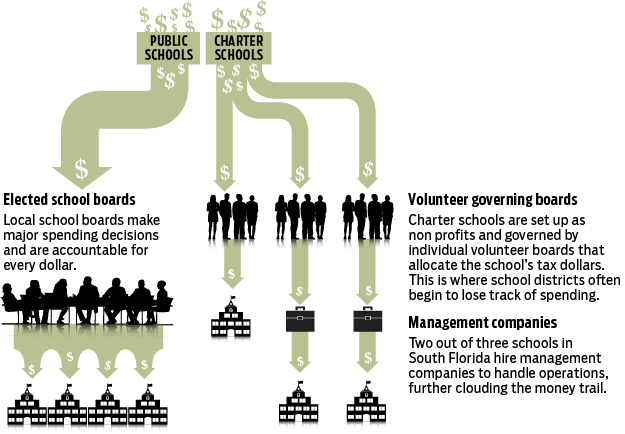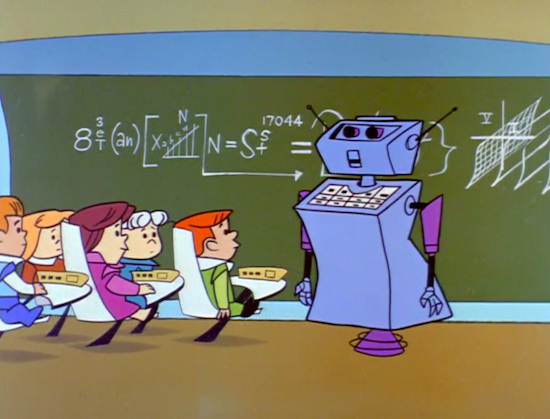
You can’t raise taxes without a plan of how to spend the money.
But that’s exactly what voters in and around Pittsburgh, Pennsylvania, are being asked to approve this Nov. 6.
Come election day, all voters in Allegheny County will be confronted with what’s been called the Children’s Fund, a referendum asking for a voluntary 5% property tax hike that allegedly would go to pay for early learning, after-school programs and healthy meals for kids.
But there are no details about who will provide these services, who will be responsible for the money, exactly what else the money might be used for or almost anything substantive about it.
It’s just a check with “For Kids” scrawled in the Memo and everything else left blank.
The plan is highly controversial drawing criticism from across the Mon Valley including school directors, education advocates and even progressive groups like the Pennsylvania Interfaith Impact Network (PIIN).
Here are the top five reasons you should vote NO on the referendum:
1) It Raises Taxes Without Stipulating Where the Money Goes
The Children’s Fund would be financed by 0.25 mills of property tax — $25 on each $100,000 of assessed value, beginning Jan. 1.
That’s expected to generate roughly $18 million a year that would begin to be distributed in 2020.
If approved, it would change the county Home Rule Charter to establish the fund as part of county government. It would create a new office under the supervision of the county manager.
A Citizens’ Advisory Commission would “review and advise” the work of the new office, according to the proposed charter amendment.
However, County Council and County Executive Rich Fitzgerald would have to do the work of actually creating all this stuff. They’d have to pass an ordinance establishing how this all works, what powers the advisory commission has, etc. They would have to determine whether the money goes to existing programs or new ones. They’d have to set up audits of the money every five years, conduct a study to recommend goals and a focus for how the funding is spent.
That’s an awful lot left undecided.
It makes no sense for voters to hand over the money BEFORE we figure all this other stuff out.
It’s not at all how good government works.
You’re supposed to define a problem or need and then come up with a plan to meet that need. You prepare a budget that justifies raising taxes and then you vote on it.
This is exactly the opposite. We’re getting the money before the plan of how to spend it.
That’s a recipe for fraud and financial mismanagement.
2) It’s Unclear Who Would Be In Charge of the Money
Who would be accountable for this money?
We know who gets to decide this – County Council and the Chief Executive. But we don’t know who they will pick or what powers they’ll delegate to these people. Nor do we know what kind of oversight there will be or what kind of regulations will exist for how it can be spent.
This is a blind statement of trust.
It’s like saying – “Here’s $18 million. Go buy us something nice.”
What if they mismanage the money? And what would that even mean for money with so few strings attached? And how would we know? How transparent would this process be?
It’s kind of hard to approve such a plan with so many variables up in the air.
3) The Campaign was Not Grass Roots
To hear supporters talk, you’d think this was a bottom up crusade created by, organized by and conducted by everyday citizens from our communities.
It wasn’t.
Sure, volunteers for the Children’s Fund went door-to-door to collect more than 40,000 signatures from voters last summer.
But they weren’t all volunteers.
Financial documents show that the whole initiative has been funded by various nonprofit organizations that could, themselves, become beneficiaries of this same fund.
According to the Children’s Fund’s own campaign finance report, as of June there were three nonprofit corporations who donated $427,000 to the campaign: the Human Services Center of Turtle Creek gave $160,000, Pressley Ridge Foundation gave $150,000, and Allies for Children gave a donation of $45,000 and another for $72,000.
That’s like McDonalds spending a hundred thousand dollars to fix up the school cafeterias so it could land a multi-million dollar annual contract!
It’s a huge conflict of interest.
At very least, it’s purposefully misleading.
Many of those “volunteers” gathering signatures weren’t working for free. They were part of the $100,000 spent by the campaign to hire Vote Goal Organizing for paid signature collectors.
That doesn’t look like charity. It looks like philanthrocapitalism – when corporations try to disguise grabs for power and profit as philanthropy.
Corporations – even so-called nonprofit corporations – rarely do things out of sheer goodness. They’re acting in the best interest of the company.
I see no reason to think this “Children’s Fund” is any different.
4) It Works Around Instead of With Local Government
Though almost everyone agrees with the stated goals of the Children’s Fund, many organizations and government officials complained that they were not consulted and made a part of the process.
Two Pittsburgh Public School directors went on record in the Pittsburgh Post Gazette about a lack of communication.
“First and foremost, we have not had any conversations with the organizers of the referendum,” board president Regina Holley said. “There are lots of ifs and whats that have not been answered.”
Kevin Carter, another city school director added, “In my role as a school board member, they didn’t talk to us about this at all.”
“When you leave your largest school district in the region out of this conversation, are you doing this around children?” he asked, citing that the district serves 25,000 students daily.
This has been a common thread among officials. No one wants to say they’re against collecting money that’s ostensibly for the benefit of children, but it’s hard to manage the money if you’re not part of the process.
And it’s not just protocol. Many are worried that this lack of communication may be emblematic of how the fund will be run. If organizers aren’t willing to work with local governments to get the job done, how will they know what each community needs? How will they meet those needs? Is that even what the fund will really be about?
Richard Livingston, Clairton school board president, noted concern that the money collected might not be spent evenly throughout the county. For all he knows, it could just be spent in the city or in select areas.
Indeed, this is not the best way to start any endeavor funded by all, for the benefit of all children.
5) It’s Redundant
While it’s true that the county could use more funding to meet the needs of students, numerous organizations already exist that attempt to provide these services.
There are a plethora of Pre-K, after school tutoring and meal services in the Mon Valley. In fact, much of this is done at the county’s various neighborhood schools.
If organizers were only concerned with meeting these needs, why form an office within county government that would have an appointed advisory commission? Why not just increase the funding at the local schools and/or organizations already doing this work?
In fact, this is exactly the reason the Pennsylvania Interfaith Impact Network is against the initiative.
According to the organization’s statement:
“At PIIN, we believe that the faith community is a sacred partner with our public schools, and we have long been supportive of both the community schools model and increasing state funding to provide an excellent, high-quality education to every child in our region. We believe in funding for early childhood learning, after school programs, and nutritious meals. However, we cannot support a ballot initiative that creates an unnecessary entity, with an unknown advisory board, and an unclear process for directing our tax dollars.
This is why we are urging our membership to reject the Allegheny County Children’s Fund Initiative at the polls this November.”
Another related organization, Great Public Schools-Pittsburgh, also released a statement with “several specific concerns” about the potential fund. These include how the money would be distributed, which organizations would benefit from it, and questions about its redundancy.
Several pre-K programs already exist but are not fully funded, the organization noted. Why don’t we just fund them?
The group is a coalition of the Education Rights Network, One Pennsylvania, the Pittsburgh Federation of Teachers, PIIN, and the Service Employees International Union.
The group’s statement noted concerns but fell short of urging an outright NO vote.
The bottom line is that many people are concerned about inadequate funding for children’s programs.
But this “Children’s Fund” is not a solution to that problem.
This is the creation of another bureaucracy that can take our tax dollars and do almost whatever it wants with them.
There is no guarantee it will help kids.
In fact, it looks a lot more like a power and money grab by corporate interests, many of whom would prefer to privatize our school system.
This November, when you go to the polls, do the right thing for our kids.
Vote NO on the Allegheny County Children’s Fund.

Like this post? I’ve written a book, “Gadfly on the Wall: A Public School Teacher Speaks Out on Racism and Reform,” now available from Garn Press. Ten percent of the proceeds go to the Badass Teachers Association. Check it out!








